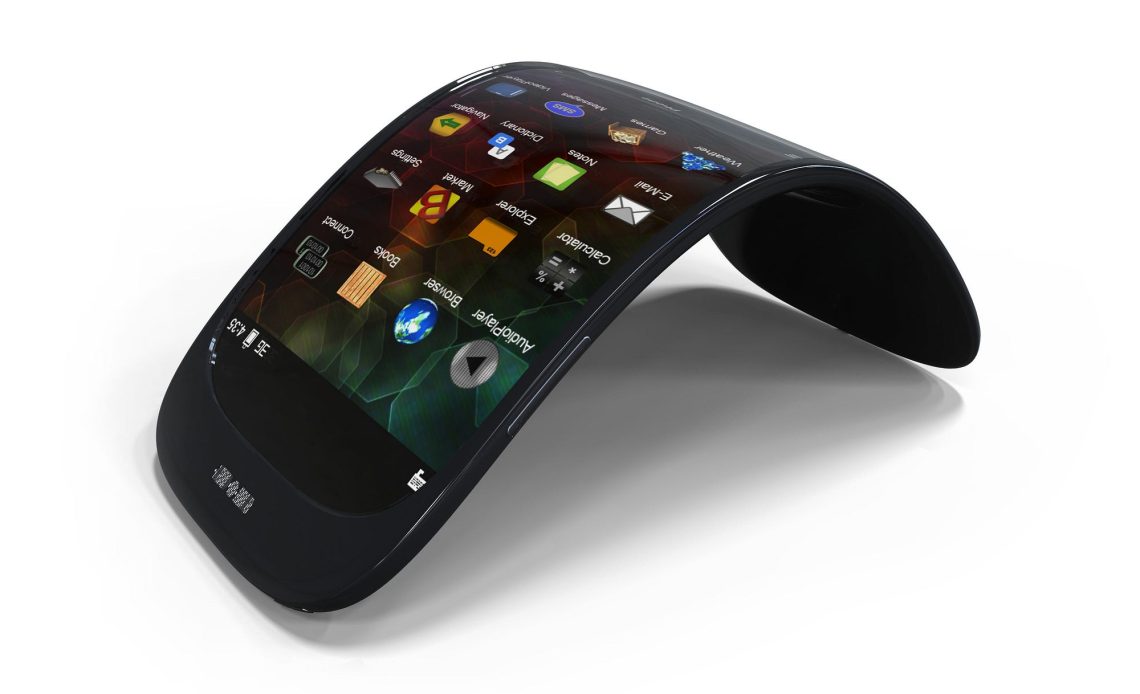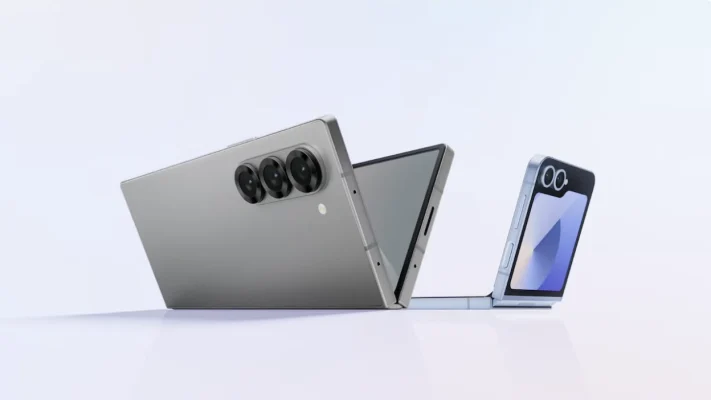
The world of mobile technology has undergone a dramatic transformation over the past decade, driven by the advent of flexible, foldable, and bendable devices. These innovations have redefined what smartphones and other gadgets can do, reshaping user experiences and setting new standards for adaptability and functionality. What was once a futuristic concept has become a reality, with major tech companies pushing the boundaries of design and engineering to create devices as versatile as they are powerful.
The Birth of Foldable and Flexible Technology
The concept of foldable and flexible devices has existed longer than many realise. In the early 2000s, companies like Nokia and Motorola began experimenting with flexible displays, envisioning a future where screens could bend without breaking. However, the technology of the time was not advanced enough to bring these concepts to market.
The breakthrough came in 2011 when Samsung introduced its first flexible AMOLED display at the Consumer Electronics Show (CES). This prototype showcased the potential of foldable technology and sparked widespread interest worldwide. It was a glimpse into the future, setting the stage for what would eventually become the foldable smartphone revolution.
Later on, in 2019, Samsung launched the Galaxy Fold, the first commercially available foldable smartphone. Despite some initial challenges, such as durability issues and the high cost of production, the Galaxy Fold marked the beginning of a new era in mobile technology. Huawei quickly followed with the Mate X, offering an alternative approach to foldable design with an outward-folding screen.
Evolution of Foldable Devices

Since their introduction, foldable devices have evolved from niche products into mainstream contenders. Manufacturers have refined their designs, addressing early challenges and introducing new features that make foldable devices more practical and appealing to a broader audience.
The latest models, such as the Samsung Galaxy Z Flip6 and Z Fold6, exemplify years of refinement. The Galaxy Z Flip6 offers a clamshell design that combines the nostalgia of classic flip phones with the capabilities of a modern smartphone. Its compact form makes it easy to carry, yet when unfolding, it reveals a full-sized display perfect for multitasking, gaming, or watching videos.
The Galaxy Z Fold6, on the other hand, continues to push the boundaries of what a smartphone can be. Its book-like folding design allows it to transform from a standard smartphone into a tablet, offering users a versatile device that adapts to their needs. The seamless transition between phone and tablet modes makes it ideal for productivity, entertainment, and everything in between.
Motorola has also made significant strides in the foldable market with its Razr 50 Ultra. This device pays homage to the iconic Razr flip phone, a cultural phenomenon in the early 2000s while integrating cutting-edge technology like a high-resolution foldable display and advanced camera systems. The Razr 50 Ultra combines the best of both worlds: a retro design that appeals to nostalgia and modern features that meet the demands of today’s users.
Other manufacturers have joined the foldable revolution as well. Xiaomi’s Mi Mix Fold and Oppo’s Find N series have introduced unique designs and features, further diversifying the market. For instance, Xiaomi’s Mi Mix Fold boasts an inward-folding design similar to the Galaxy Fold but with additional features like a liquid lens camera that can change focus from wide-angle to telephoto.
Meanwhile, Oppo’s Find N series focuses on creating a more compact and ergonomic foldable experience with a design that reduces the visible crease in the display when folded. These devices showcase the growing demand for foldable technology and the willingness of manufacturers to invest in this rapidly evolving segment.
Advanced Materials Driving Flexible Electronics Forward
The success of foldable and flexible devices is not just about clever engineering; it also hinges on developing advanced materials that can bend and stretch without compromising performance. Flexible substrates, particularly polymers, have emerged as frontrunners, offering the right balance of flexibility and resilience essential for these dynamic electronics.

Organic materials, known for their elasticity, are equally crucial, forming the backbone of flexible components like displays and circuits. Even metal foils have found their place in this domain, providing the necessary electrical conductivity while maintaining flexibility. The synergy between these diverse materials unlocks the true potential of flexible electronics.
The Evolution of Bendable Display Technologies
Bendable displays, a captivating subset of flexible electronics, have revolutionised how we think about screens. Organic Light Emitting Diode (OLED) technology is at the forefront of this movement, which has redefined visual design with its inherent flexibility. OLED screens enable the creation of curved and foldable displays, pushing the boundaries of traditional screen design. This has opened up new possibilities in everything from smartphones to wearable devices.
Meanwhile, Electronic Paper Displays (EPD) on flexible substrates have gained traction, particularly in e-reader applications. These displays offer a lightweight and energy-efficient alternative to traditional screens, making them ideal for devices prioritising portability and battery life. As these technologies evolve, they break free from the confines of rigid display formats, paving the way for a future where screens are viewed and experienced in dynamic, transformative ways.

